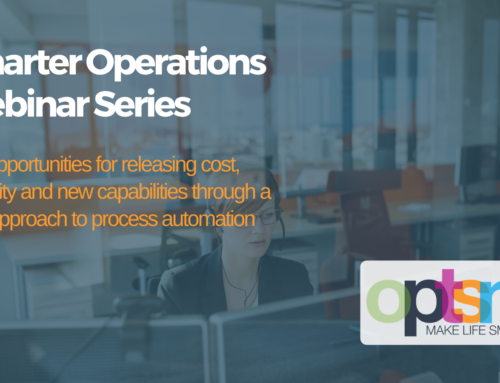In this example we look at a real-life operational hub in a charity.
The Challenge
This health charity’s service delivery model starts with referrals for help received from Local Authorities, the National Health Service, General Practitioners and Care Providers.
The diverse nature of the organisations providing the information and the level of detail needed has meant that forms attached to email has become the default way for inbound requests for service to be delivered. The complexity of the information required for the charity to provide their service means that forms hold a lot of detail.
The Current State of the Operation
The charity’s operations hub deals with inbound calls, inbound service requests and coordinates service delivery across several hundred field-based staff. When we analysed their activities, we found that over 40% of their time was spent loading inbound service requests in between other tasks.
Delays or errors in loading the forms creates problems further along the line – either in service delivery or in billing and reporting against contracts.
Across a small team, any spike in demand can create significant knock-on effects. There are also more valuable activities the team could be undertaking if only there was the capacity to do them.
The Solution – Micro-Outsourcing
The charity were able to deploy a cloud-based software robot to automate the process completely.
The robot is given the same tools as a human user – an email address and a login to the charity’s operational systems.
Inbound forms are saved in a dedicated folder on the charity’s server as they arrive. The robot logs in periodically during the day and captures the data from the forms, validates it against reference information (providing certainty to those elements of the task that rely on a human ‘spotting’ something that isn’t quite right through experience) and then enters the information onto the charity’s management system.
The Results
The robot is faster. For the more complex forms it can take a human over 15 minutes to access, validate and enter the information needed for field-based staff to be able to provide the services needed. The robot typically takes less than 3 minutes.
The robot is more accurate. Certain bits of information are required to link the service provided to the contract for service delivery. In busy hospitals, care homes and GP Practices this isn’t always the priority for those requesting the service. It takes the know-how of the humans to spot incorrect information and update it – and some always slips through the net. The robot is able to carry out verification checks on every record to ensure complete accuracy.
The robot is always available. In peak times the operational hub can get busy, creating the risk of delays. The robot logs in at the same times every day and gets through the outstanding forms regardless.
The robot is less expensive. In this case, the tasks that were occupying over 40% of the operations hub’s resource were automated for the cost of just over 10%. A return on investment of nearly 4:1.
This was achieved with no change required to internal systems, no need for significant up-front investment and the involvement required from the internal team to specify, test and implement could be counted in a few hours.






Leave A Comment